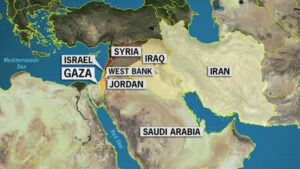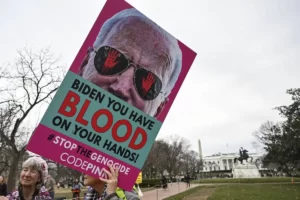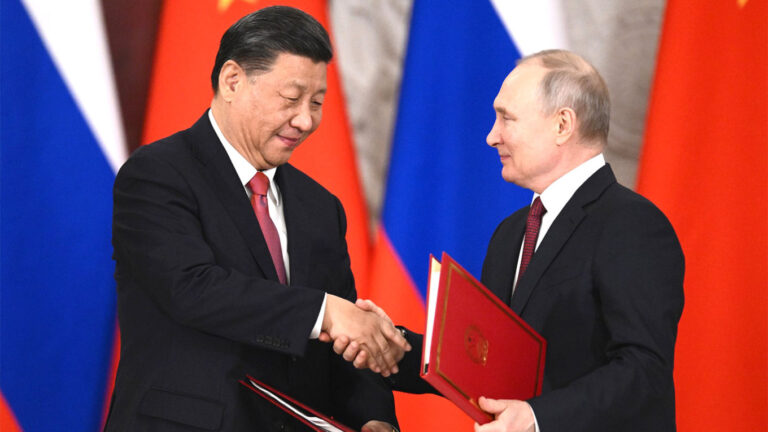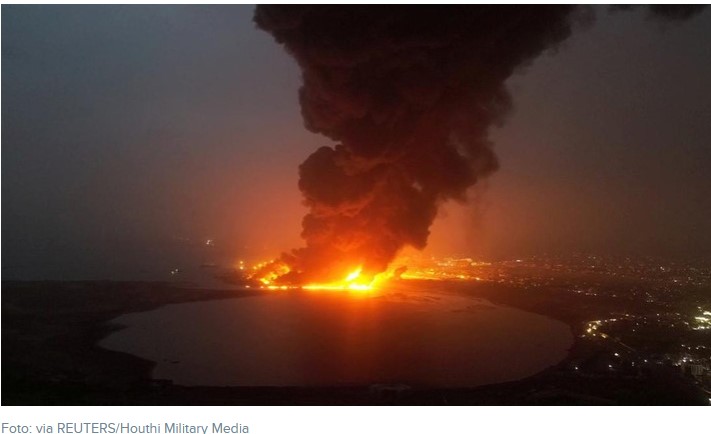
STRATEGIC ASSESSMENT. While violence in the West Bank is far from a new phenomenon, it has escalated precipitously since the Hamas terrorist attack of October 7 and, if left unaddressed, could have serious political and security implications throughout the region, including complicating the prospects for a two-state solution. Throughout the West Bank, there have been raids, military checkpoints, and other restrictions taking place in various cities, communities, and refugee camps in the territory, leading to violent clashes in the latest iteration of on-again, off-again tensions. In April of this year, an Israeli police raid on the Al-Aqsa Mosque triggered a spasm of violence that lasted for days. Further provocations in East Jerusalem occurred in September, just weeks before the Hamas attack into southern Israel, which was symbolically titled the “Al-Aqsa Flood” operation, partly in response (according to Hamas) to the clashes that took place at this site in the spring and fall. Stabilizing the West Bank has been at the top of Israel’s security agenda, with some analysts citing the Israeli government’s re-allocation of military resources to protect settlers in the West Bank as detracting from Israeli military preparedness near Gaza.

According to data collected and analyzed by the United Nations Office for the Coordination of Humanitarian Affairs, between October 7th and November 11th, 150 Palestinians in the West Bank, including 44 children, were killed by Israeli forces and eight others by Israeli settlers. Israeli Prime Minister Benjamin Netanyahu recently offered rare criticism of growing unrest in the West Bank, saying about reports of settler violence, “I condemn this, and we will act against it,” echoing concerns expressed by the White House. The Biden administration has been vocal about the levels of escalating violence in the West Bank. In late October, U.S. President Joe Biden said that “extremist settlers” were “pouring gasoline on the fire,” an issue that U.S. Secretary of State Antony Blinken apparently raised with both Israeli leaders and the head of the Palestinian Authority (PA), Mahmoud Abbas, during a visit to the region several weeks ago. As always, history looms large in the conflict. While much of the settled territory of the West Bank was originally to be relegated to the Palestinians by the Oslo Accords of 1993, successive Israeli governments have allowed settlements to expand while deflecting criticism and instead casting blame on their counterparts in the PA. Israeli politicians regularly castigate the PA’s alleged continued support for terrorism and egregious corruption, which has delegitimized its governing authority among many Palestinians who view it as sclerotic and largely ineffective. Still, the PA’s ineptitude is only part of the problem—the further expansion of settlements risks complicating the prospects of a two-state solution, without which, the cycle of violence is likely to perpetuate.

The New York Times has reported that not only is settler violence against Palestinians at a two-decade high (based on United Nations data) but so too are lethal attacks by Palestinians against Israelis in the West Bank. Israel’s minister for national security, Itamar Ben-Gvir, has promised to provide guns to settlers in an effort to stand up “security squads” that will be trained and organized by the police. According to the Israeli newspaper Haaretz, Israeli gun ownership is set to triple now that the government has also loosened controls on civilian gun licensing. The stockpiling of weapons by Israeli civilians with government support is not only a response to the October 7 terrorist attack in southern Israel but also to the escalating rate of violence against Israelis in the West Bank. Israel claims there have been over 550 Palestinian attacks in the West Bank since October 7, and UN officials say 23 Israelis were killed in the West Bank and East Jerusalem so far this year. In the city of Jenin, an administrative center located near a refugee camp known to host armed Palestinian militants, a firefight between Israel Defense Force (IDF) troops and Palestinian gunmen last week resulted in fourteen people killed – including a fifteen-year-old Palestinian boy. The operation also included an Israeli drone strike, the arrests of 20 suspected militants, and the seizure of weapons and ammunition, according to the IDF.

Cascading violence in the West Bank and has led to the displacement of Palestinians, increasing scrutiny on the PA, which is increasingly losing credibility. But there is also growing pressure on regional countries like Jordan, which will inevitably be impacted by instability on its borders. The Washington Post noted that at least 1,100 Palestinians were forced to leave their communities between January and the first week of October of this year. According to the European Union-funded West Bank Protection Consortium, six Palestinian communities have been abandoned since October 7, more than half the total amount abandoned this year. While individual acts of violence and tit-for-tat retribution between Israelis and Palestinians factor into the situation, broader Israeli efforts to annex territories in the West Bank also provide important context for settler violence. The Netanyahu government had been even more permissive toward West Bank settlers than many of its predecessors. And while these are long-standing issues, the rise of Ben-Gvir and his right-wing compatriots in the Israeli government has also contributed to growing unrest, which has been completely exacerbated by the Hamas terrorist attacks just over one month ago. While the international community remains focused on a potential second front in northern Israel, where Hezbollah and Israel have been exchanging fire, the deteriorating situation in the West Bank may ultimately prove more consequential to the course of the conflict and any potential future political arrangement.





